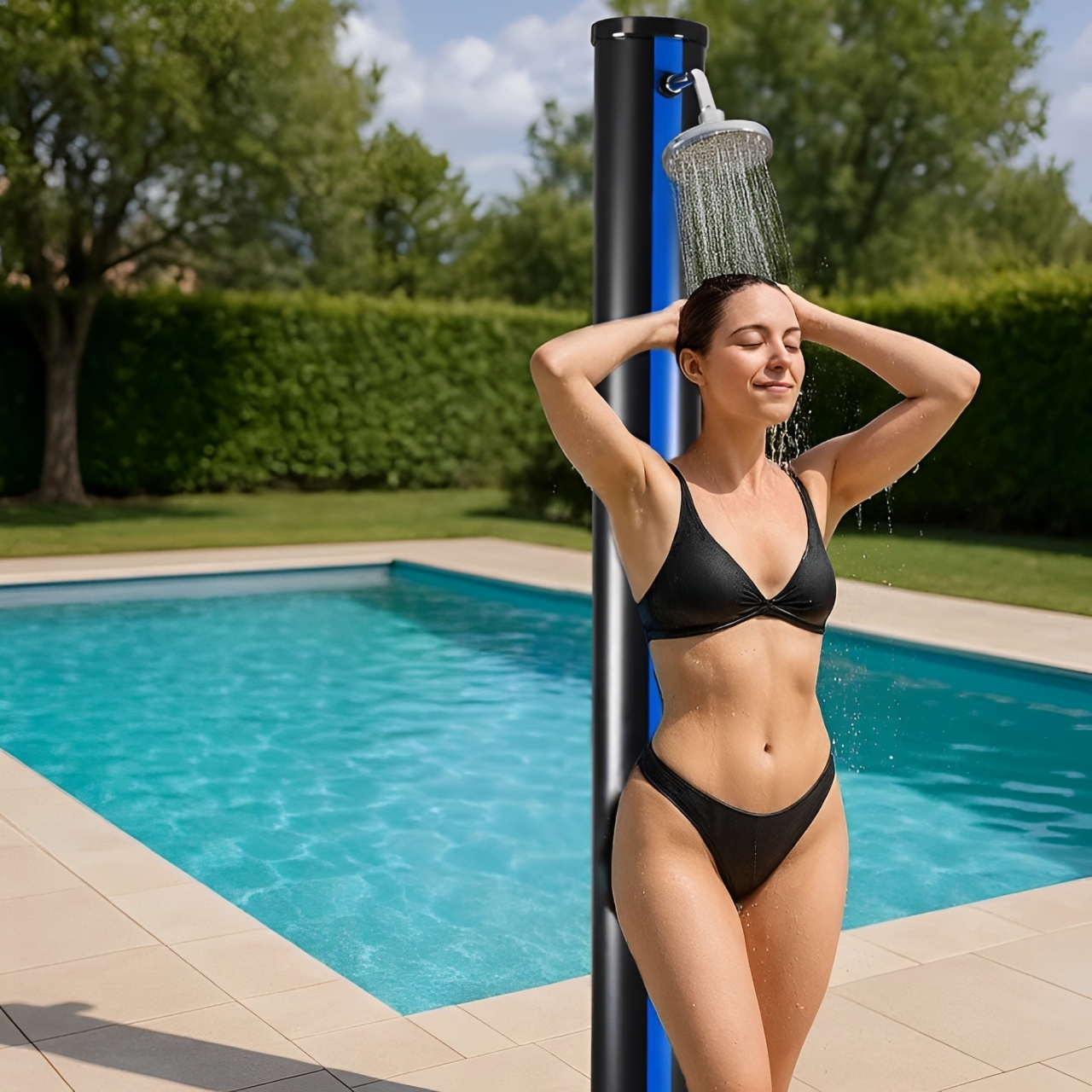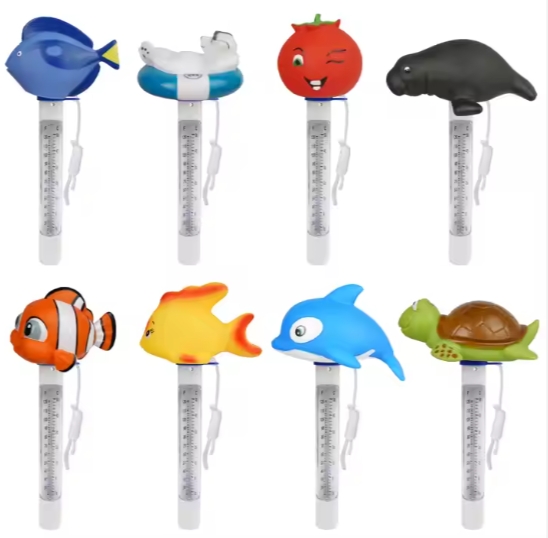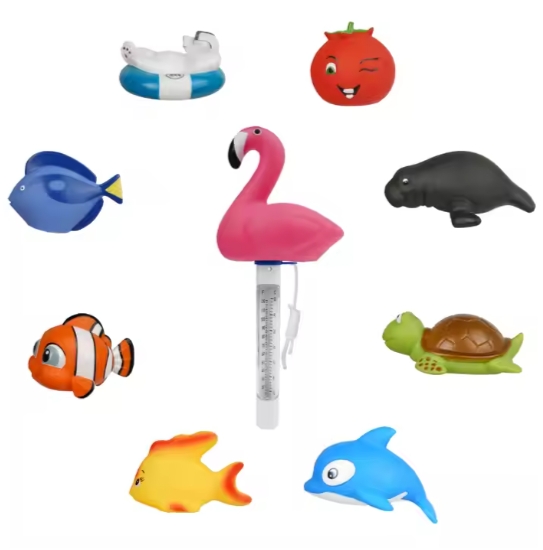A perfectly heated swimming pool is a slice of paradise, but how do you ensure the water is just right for that refreshing dip? The answer lies in a simple yet crucial tool. While many modern pool owners look for a digital pool thermometer, understanding all your options will help you find the perfect device to maintain your ideal water temperature. This guide will walk you through everything you need to know about selecting and using a thermometer to keep your pool comfortable and safe all season long.
Why a Pool Thermometer is an Essential Accessory
Maintaining the right temperature in your pool is about more than just comfort. It plays a significant role in swimmer safety and the effectiveness of your pool chemicals. Water that is too cold can be a shock to the system, while water that is too warm can become a breeding ground for algae and bacteria, forcing your sanitizer to work overtime. A reliable swimming pool thermometer provides an accurate reading, allowing you to make necessary adjustments to your heater and chemical levels, ensuring a pleasant and healthy aquatic environment.
Choosing the Right Pool Water Thermometer
When it comes to measuring your pool's temperature, you have several choices. A digital pool thermometer often provides quick, precise readings on an electronic display, and some wireless models can even send the temperature directly to a receiver inside your home. However, for many pool owners, the classic floating pool thermometer remains the top choice for its simplicity, durability, and charm. These thermometers are designed to float on the water's surface, are made from weather-resistant materials perfect for an outdoor pool thermometer, and often come in fun, whimsical designs that add a touch of personality to your pool. Whether you have an in-ground or above-ground pool, there is a style to fit your needs.
Features to Look for in a Floating Thermometer
If you opt for a floating model, look for a few key features to ensure you're getting a quality product. First, readability is paramount. Choose a thermometer with large, clear digits and dual-measurement gradation for both Fahrenheit and Celsius. Second, durability is crucial. A quality device should be crafted from robust materials that can withstand constant exposure to sunlight and pool chemicals. Finally, consider convenience. Many floating thermometers come with a handy tie cord, allowing you to secure it to a ladder or the side of the pool. This keeps it from drifting into the skimmer or getting lost in the deep end, ensuring it's always easy to find and read.
How to Use Your Pool Thermometer Effectively
Getting an accurate reading from your new pool accessory is simple. If you have a floating thermometer, simply place it in the water away from the return jets to get a reading of the general water temperature. Allow it a few minutes to acclimate before you check the temperature. For any in-ground pool thermometer system that is built-in, the reading is usually displayed on your main control panel. Regardless of the type you choose, it's good practice to check the temperature before each swim. This simple step transforms your pool from a body of water with an unknown temperature into a perfectly predictable and inviting oasis.






